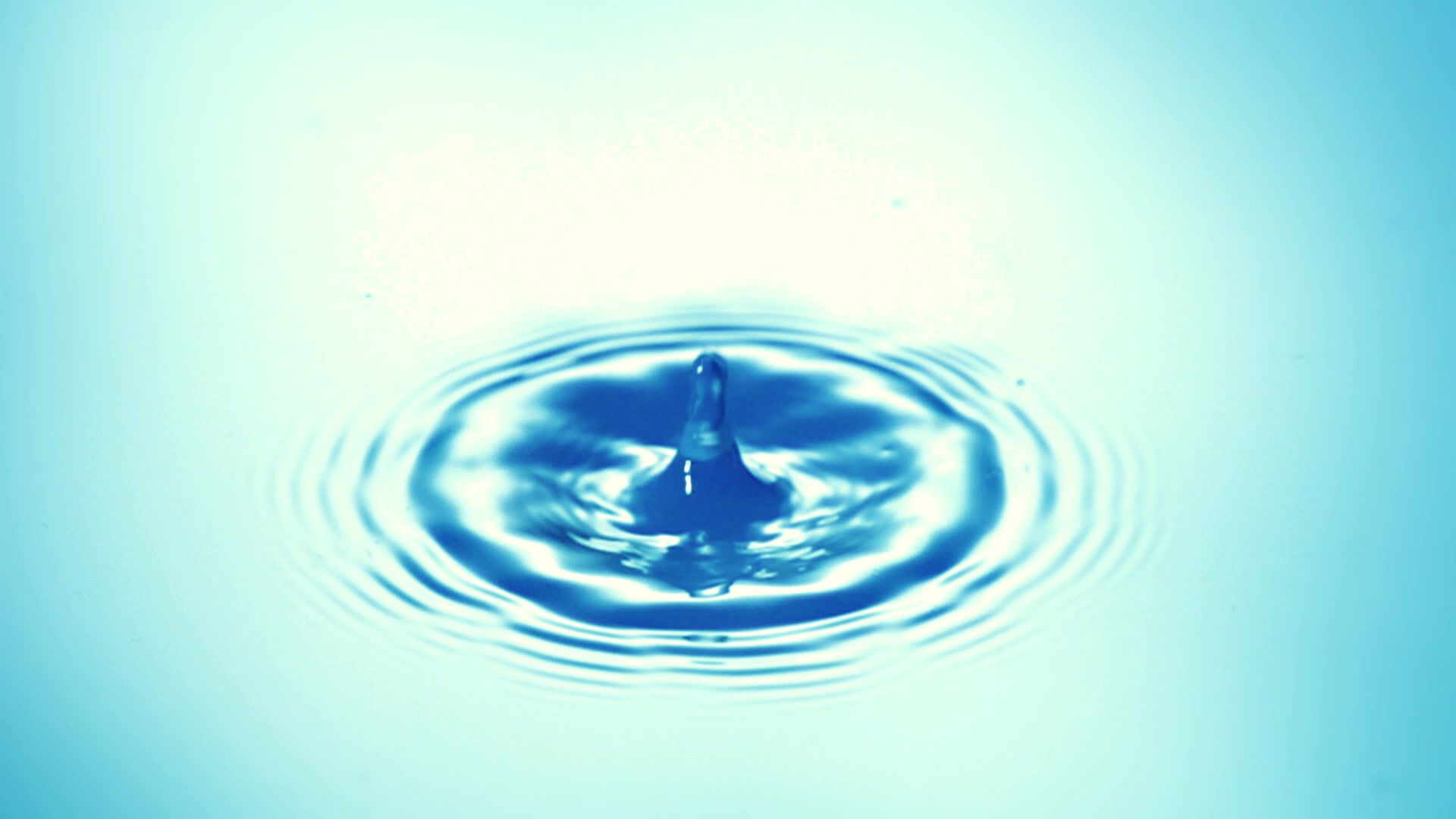

Image Credit & Copyright: Yuri Beletsky (Carnegie Las Campanas Observatory, TWAN) https://apod.nasa.gov/apod/ap170203.html Explanation: Captured last April after sunset on a Chilean winter's night an exceptionally intense airglow flooded this scene. The panoramic skyscape is also filled with stars, clusters, and nebulae along the southern Milky Way including the Large and Small Magellanic clouds. Originating at an altitude similar to aurora

Credit & Copyright: Sigurdur William Brynjarsson; Annotation Advice: Sævar Helgi Bragason https://apod.nasa.gov/apod/ap170306.html Explanation: You don't always see a scene this beautiful when you hike to an ancient volcano -- you have to be lucky. When the astrophotographer realized that aurora were visible two-weeks ago, he made a night-time run for the top of the caldera to see if he could capture them also reflected in the central lake. When

Image Credit: NASA, ESA, Hubble, HLA; Reprocessing & Copyright: Jesús M.Vargas & Maritxu Poyal https://apod.nasa.gov/apod/ap170208.html Explanation: The bright clusters and nebulae of planet Earth's night sky are often named for flowers or insects. Though its wingspan covers over 3 light-years, NGC 6302 is no exception. With an estimated surface temperature of about 250,000 degrees C, the dying central star of this particular planetary nebul

Image Credit & Copyright: Vincent Bouchama https://apod.nasa.gov/apod/ap170302.html Explanation: From northern Patagonia, morning skies were clear and blue on Sunday, February 26. This sweeping composite scene, overlooking Hermoso Valle, Facundo, Chubut, Argentina, follows the Sun after sunrise, capturing an annular solar eclipse. Created from a series of exposures at three minute intervals, it shows the year's first solar eclipse beginning well

Image Credit: NASA, ESA, Hubble, HLA; Processing & Copyright: Domingo Pestana https://apod.nasa.gov/apod/ap170510.html Explanation: What's happening to this spiral galaxy? Although details remain uncertain, it surely has to do with an ongoing battle with its smaller galactic neighbor. The featured galaxy is labelled UGC 1810 by itself, but together with its collisional partner is known as Arp 273. The overall shape of the UGC

Image Credit & Copyright: Jens Hackmann https://apod.nasa.gov/apod/ap170411.html Explanation: This was supposed to be a shot of trees in front of a setting Sun. Sometimes, though, the unexpected can be photogenic. During some planning shots, a man walking his dog unexpected crossed the ridge. The result was so striking that, after cropping, it became the main shot. The reason the Sun appears so large is that the image was taken from about a kilometer away throu

Image Credit: NASA, ESA, M. Mutchler (STScI) https://apod.nasa.gov/apod/ap170421.html Explanation: Seen edge-on, spiral galaxy NGC 4302 (left) lies about 55 million light-years away in the well-groomed constellation Coma Berenices. A member of the large Virgo Galaxy Cluster, it spans some 87,000 light-years, a little smaller than our own Milky Way. Like the Milky Way, NGC 4302's prominent dust lanes cut along the center of the galactic plane, obscuring

Video Composition & Copyright: Peter Rosén et al.; Music: The Awakening by Clemens Ruh Explanation: What would it look like to approach Jupiter? To help answer this, a team of 91 amateur astrophotographers took over 1,000 pictures of Jupiter from the Earth with the resulting images aligned and digitally merged into the featured time-lapse video. Image taking began in 2014 December and lasted just over three months. The resulting fictitious approach sequence has similarities to what was seen by

Image Credit & Copyright: Daniel Verschatse https://apod.nasa.gov/apod/ap170526.html Explanation: Big, beautiful spiral galaxy NGC 6744 is nearly 175,000 light-years across, larger than our own Milky Way. It lies some 30 million light-years distant in the southern constellation Pavo appearing as a faint, extended object in small telescopes. We see the disk of the nearby island universe tilted towards our line of sight. This remarkably distinct and deta


